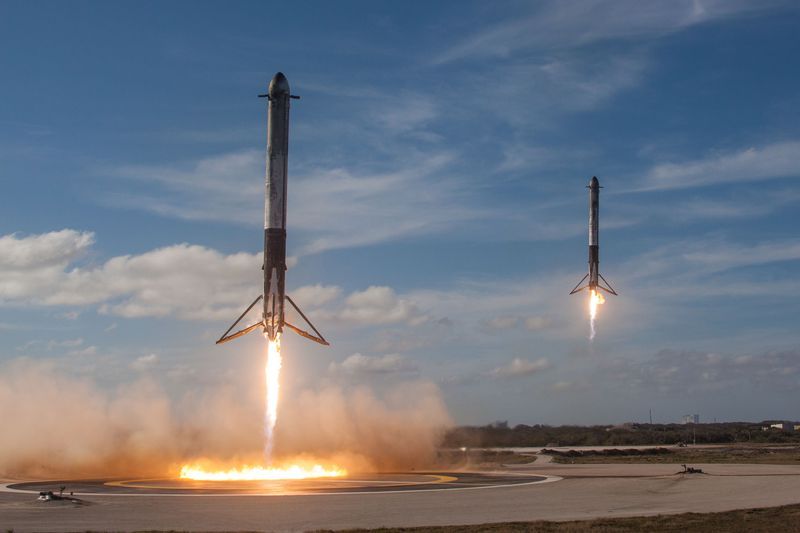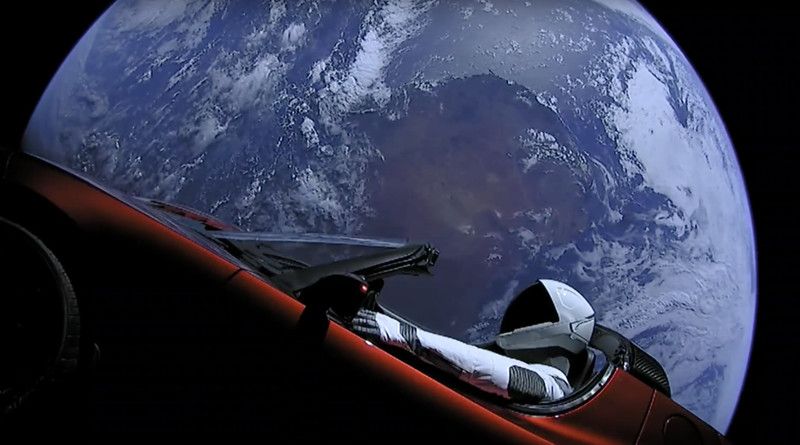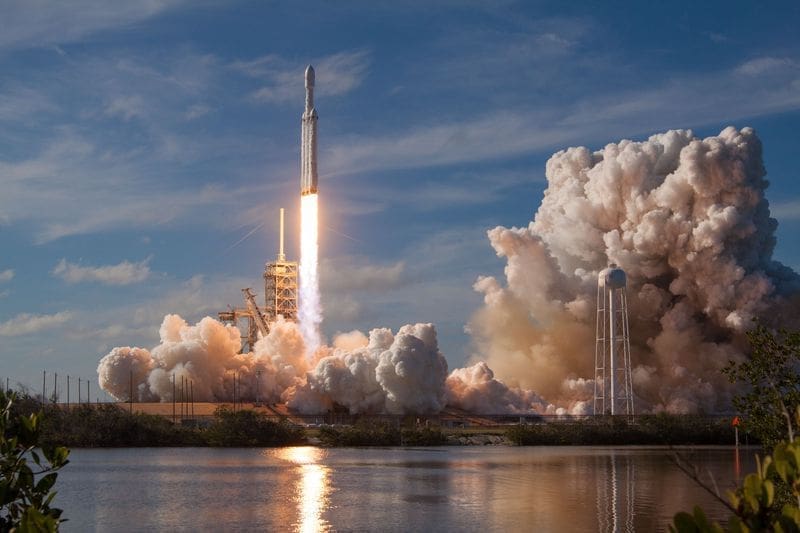Taking Flight: Falcon Heavy Flies High
To say that humanity in comparison to outer space is infinitesimal would be an understatement. However, when humanity ventures off into outer space that task is anything but infinitesimal – it’s monumentous. And, on the 6th of February at around 3:45pm Eastern Time ( Thursday 9:45am NZT), SpaceX launched Falcon Heavy, the world’s most powerful rocket into space.
It’s been a seven year journey for SpaceX founder Elon Musk. In 2011, Musk unveiled plans for the Falcon Heavy, a super heavy-lift rocket with a reusable launch system. Today at Cape Canaveral, 27 engines roared into action, a cascading plume of smoke and fire followed, and Musk’s dream became a reality as the rocket burst past the stratosphere and into orbit.
The Falcon Heavy boasts a payload double that of the Delta IV Heavy (its closest competitor) and at a third of the cost. During its maiden voyage, the Falcon Heavy managed to successfully separate its three rockets boosters, and although two of them successfully landed in a synchronised series of controlled burns, the middle core booster has yet to be accounted for after a camera feed cut out during the launch. Two out of three isn’t a bad return rate, considering Elon Musk initially gave chances of the Falcon Heavy taking off successfully at “50/50”.
 Photo: SpaceX
Photo: SpaceX
A red Tesla Roadster with a dummy called “Starman” was brought along as the payload, and it’s currently circling the Earth with Bowie’s “Space Oddity” on loop as we speak. The Falcon Heavy is, to paraphrase Neil Armstrong, “a giant leap” towards cheaper, frequent spaceflight – be it bringing satellites into orbit, deep space missions, or even space tourism.
 Photo: SpaceX
Photo: SpaceX

